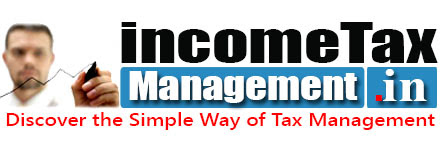Important Points To Be Consider While Filing The Return Of A Charitable Trust Or Religious Institution |
1 Examine whether the trust has been created in accordance with law.
2. Examine whether the charitable or religious trust or institution has been formed with proper Constitution and rules.
3. Examine the objects of the trust-
(a) whether all objects are for charitable or religious purposes (if trust is created after 1-4-1962).
(b) whether some objects are of non-religious or non-charitable nature, or such objects are merely ancillary or subsidiary to the main objects.
(c) If the gross receipts from the activities referred in section 2(15) exceeds25 Iakh’ it is not to be considered for charitable purpose.
4. Examine beneficiaries—
(a) whether the terms or rules of the trust or the institution do not provide any benefit to any ‘specified person’ and that the trust is for the public benefit.
(b) whether the trust is not created for the benefit of any particular religious community or caste.
5. Examination of use or application of income—
(a) draw a list of the authors of the trust, substantial contributors of the trust and managers of the institution,
(b) draw a list of the relatives of authors, substantial contributors, trustees and managers,
(c) draw a list of concerns in which such authors, contributors, managers, etc. are substantially interested,
(d) examine all the transactions of the trust with a view to ascertain whether the trust had transacted with the “specified person” so as to come within the net of the provisions of section 13(2) of the Income- tax Act.
6. Examine whether the trust or institution has applied for registration in Form No. 1 OA in accordance with provision of the Income-tax Act.
7. Audit requirement applies only when income without applying section 11 exceeds maximum amount that is not liable to tax which is 1,80,000 For A.Y. 2012-2013.
8. Examine whether the trust has applied 85% of its income to its objects in the previous year. If not, Whether an application for extension of time for applyingthe income in the subsequent period as specified in section-11(1B) of the Income-tax Act, has been made to the Assessing Officer within the time allowed under section 139 (1) for filing the income-tax return for that year.
9. Examine if any income is desired to be accumulated or set apart, if so, whether—
(a) resolution to that effect has been passed by the trust;
(b) application in the prescribed Form No. 10 has been made to the Assessing Officer;
(c) income has been invested or deposited as prescribed;
(d) necessary annual returns in this respect have been submitted;
(e) income when fallen due has been utilised for the purpose or a sanction has been obtained from the Assessing Officer for the changed purpose.
10. Examine if the return of income under section 1 39(4A) has been filed. The prescribed form for filing he return is Form ITR-, , where exemption from tax has been claimed u/s 11.
11. Examine, if there re any donations in the nature of anonymous donations and its application on the income of the trust.
|
